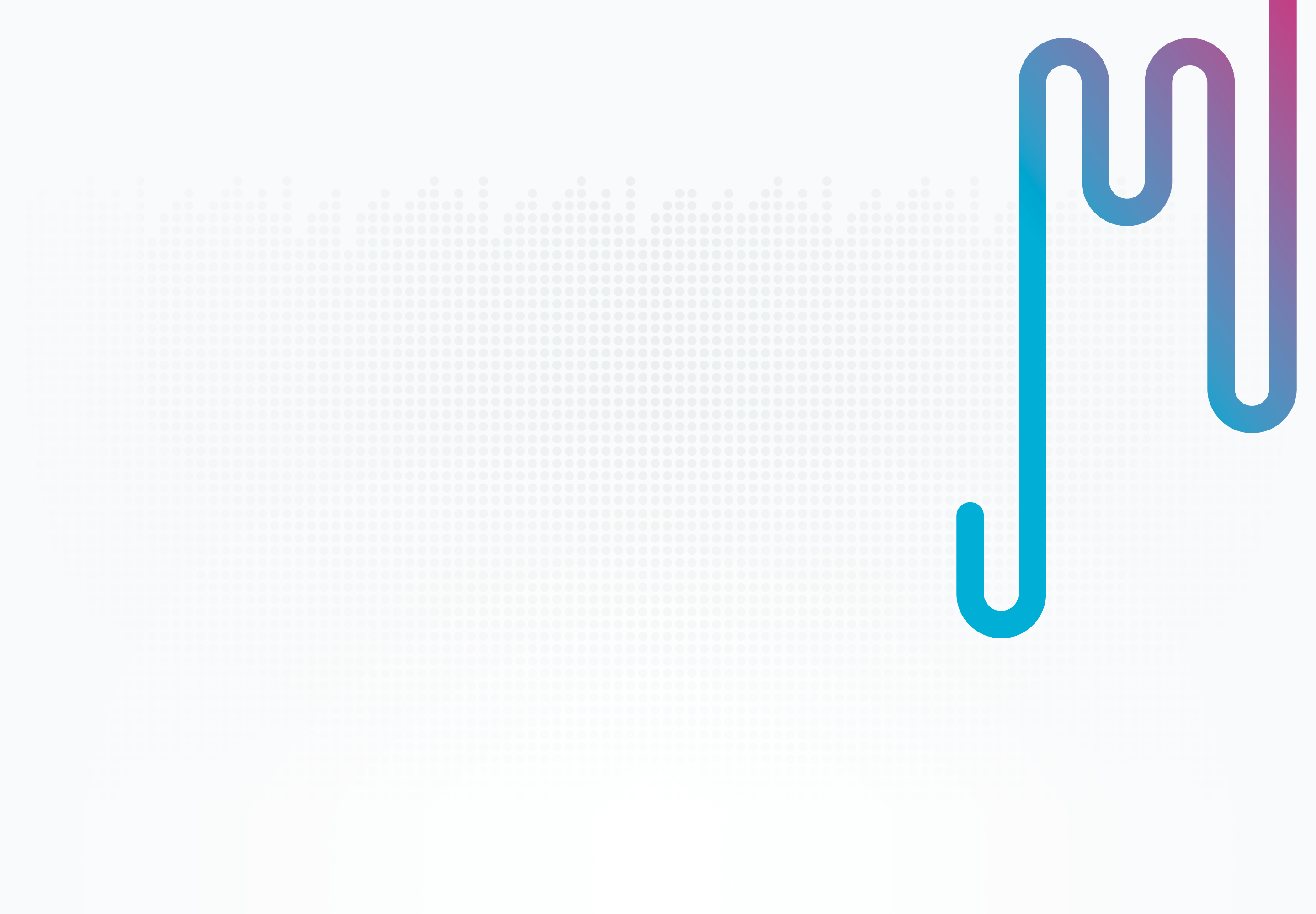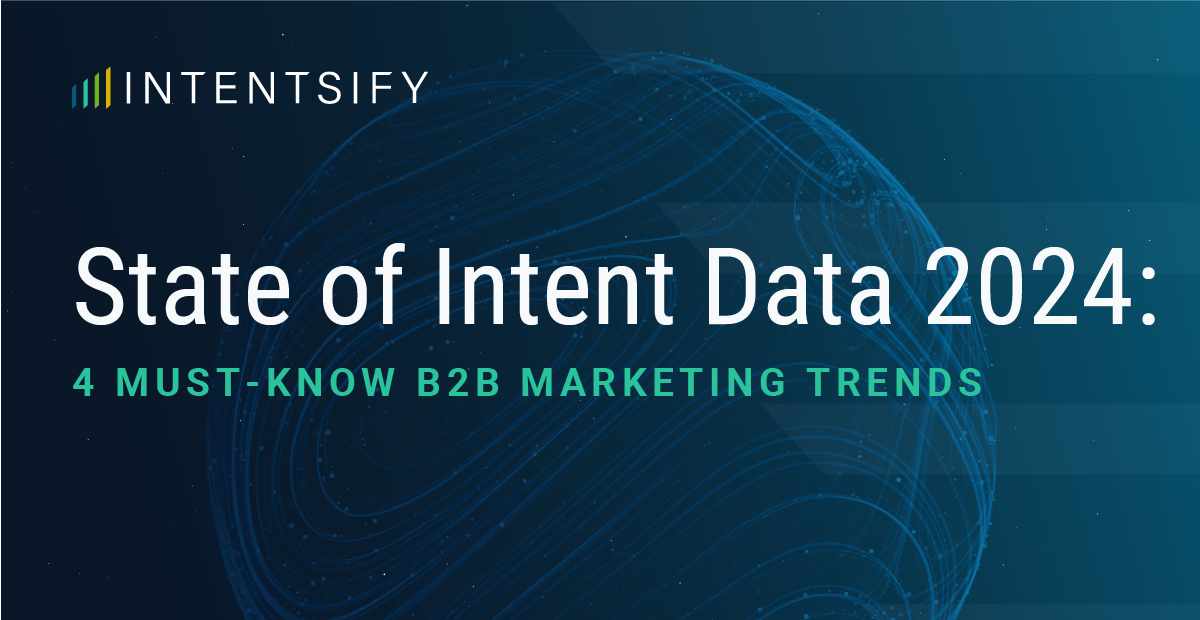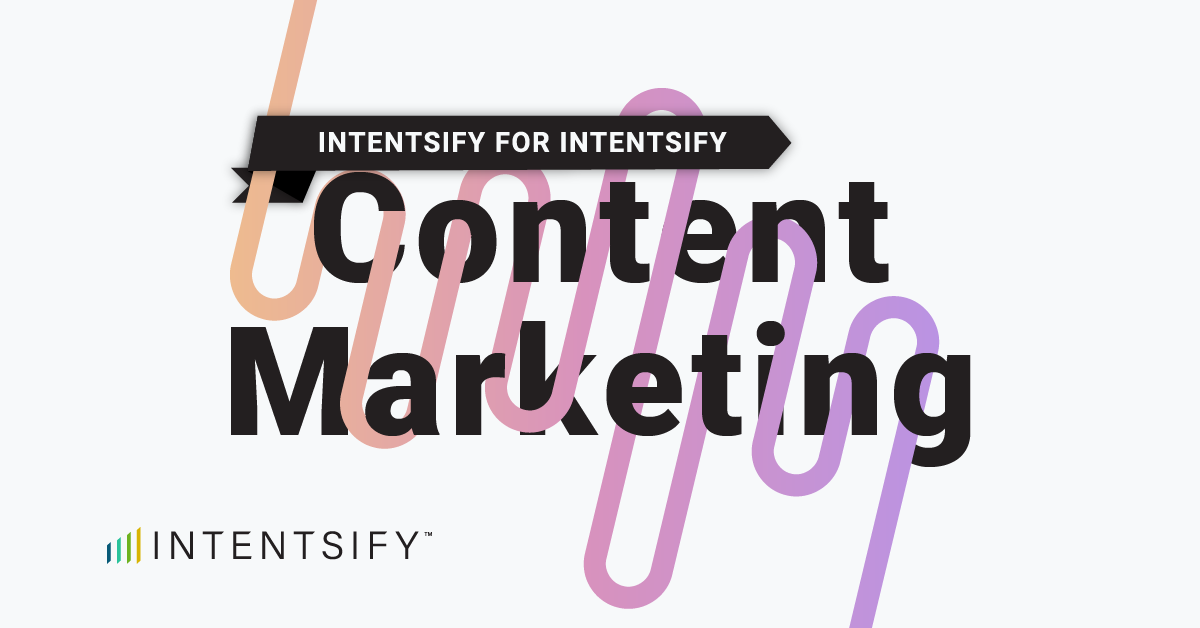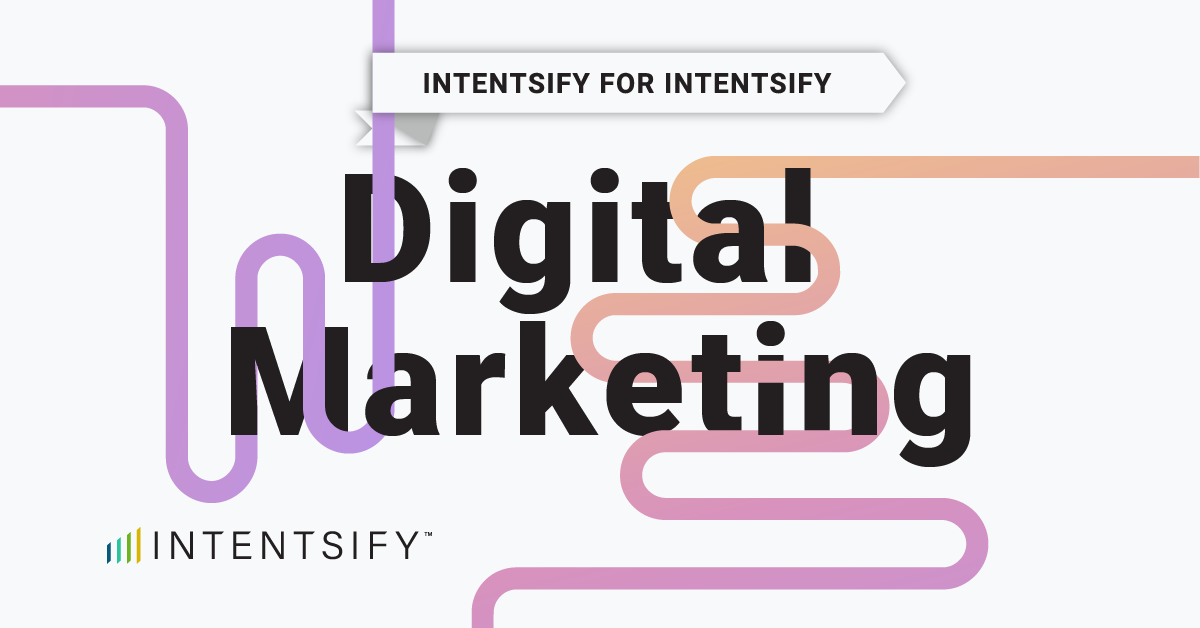B2B social media trends have come a long way. What used to be just a place to repurpose blog posts is now a real revenue driver if you use it right. In 2025, every platform plays a different role, and the smartest marketers are getting super strategic about where they show up and what they say.
Even better? Tools like intent data are making it way easier to focus on buyers who are actually in-market so you’re not wasting budget on people who aren’t even close to ready.
Let’s break down what’s working now across platforms like LinkedIn, X, Instagram, TikTok, Bluesky, Facebook, and how to use intent data to seriously level up your results.
Fun Facts:
- Short form video provides the highest ROI of all content on social media, according to 35% of social media marketers.
- Analysts project social media ad spending to surpass $256 billion in 2025, per The Business Research Company.
- LinkedIn is a great social media platform for B2B marketing with 70% of marketers reporting that LinkedIn has generated a positive ROI for their organization, per SocialPilot.
LinkedIn: Still the B2B Powerhouse
If you’re in B2B, LinkedIn is still the main stage. But the way you win here has changed. Posting generic blog links with “check this out!” doesn’t cut it anymore. People want real insights, helpful content, and authentic voices.
2025 Trends:
- First-person posts from subject matter experts (SMEs), founders, and leaders. These get way more engagement than brand posts alone.
- Carousel posts that turn long-form content into digestible, swipeable insights.
- Video clips under 90 seconds, especially from webinars, customer stories, or product walkthroughs.
But here’s the real game changer: intent data. Instead of hoping your ads reach the right people, you can now use actual buying signals to focus your campaigns.
With tools like Intentsify, you can:
- Build audiences of accounts actively researching your solution or competitors.
- Match content to buying stage (awareness vs. consideration vs. decision).
- Reduce wasted spend by cutting out accounts that aren’t showing intent.
LinkedIn’s still where B2B happens. But the secret to getting results? Combine strong content with smart targeting. Here’s how to do that with intent data.
X (Twitter): Niche, But Still Powerful
X isn’t the same platform it was a few years ago. It’s more chaotic, but if your audience is there, it’s still a great way to stay visible and relevant. It’s not where you’re going to generate a ton of leads directly, but it is where you build trust and credibility.
2025 Trends:
- Exec-led thought leadership. When leaders and experts post consistently, they build brand awareness in a way that feels personal and trustworthy.
- Timely takes on trends. If something big is happening in your industry, jumping in with a POV can boost visibility and engagement.
- Educational threads. People still love short, scannable threads that break down frameworks, answer common questions, or share quick tips.
Keep it real, keep it timely, and remember: X is a long game.
Instagram: Great for Culture and Brand Personality
Instagram isn’t usually the first place people think of for B2B, but it still plays an important role, especially if you care about employer branding or connecting with early-career professionals. It’s not about hard selling here. It’s about showing who you are as a company.
2025 Trends:
- Behind-the-scenes videos and photos from your team, your events, or your product in action.
- Carousels that are quick, educational swipe posts perform surprisingly well.
- Reels don’t have to be flashy. Even simple talking-head videos or screen recordings can do well if they’re valuable.
Instagram is where your brand gets to show its human side. And that goes a long way, especially when job seekers, potential partners, and future customers are checking you out.
TikTok: Fast, Fun, and Surprisingly Effective
Yes, B2B brands can work on TikTok, and some are doing it really well. It’s not about being viral or funny (unless that’s your thing). It’s about creating short, helpful, or relatable videos that speak to the problems your buyers face every day.
2025 Trends:
- Day-in-the-life or POV videos: especially from marketers, product folks, or sales reps. They give an inside look and feel real.
- Explainer content; breaking down a common misconception, showing a shortcut, or giving a quick how-to.
- Light humor; if your brand voice allows for it, relatable workplace humor tends to perform well.
Don’t overthink production. Authenticity wins here. And if you’re running ads, keep them super targeted.
Bluesky: New Kid, But One to Watch
Bluesky is still pretty niche, but it’s gaining traction with tech-forward users, developers, and people looking for a more open, less ad-driven version of social media. There’s no paid media option (yet), but if your audience is there, it’s worth experimenting.
Tips for Getting Started in 2025:
- Repurpose thought leadership you’re already posting on LinkedIn or X.
- Use it to test ideas and see how people respond.
- Engage in conversations around open source, decentralization, or your niche corner of tech.
It’s early, so there’s less noise, and that means more opportunity to get noticed if you’re consistent.
Facebook: Still Useful in the Right Context
Facebook may not be a daily scroll for most B2B buyers anymore, but it’s still popular. It works for retargeting, community building, and event promotion, especially if your audience is mid-career or you’re in a niche industry.
2025 Trends:
- Run retargeting ads to people who’ve visited your site or interacted with content on other platforms.
- Engage in or start groups, whether it’s customer communities or professional groups in your vertical.
- Promote webinars, virtual events, or reports, especially with paid support.
It’s not your primary channel, but it’s a good support player, especially when synced with intent data to stay in front of in-market accounts.
How to Make Paid Social Actually Work
Across all platforms, the biggest wins come when you stop guessing and start getting smart with your targeting. That’s where intent data makes a massive difference.
Instead of throwing the same content at everyone, you can:
- Target accounts that are already researching what you sell
- Match your content to what those buyers care about right now
- Move people from engagement to pipeline more efficiently
This works best when you:
- Refresh creative often (social moves fast; your ads should too)
- Use funnel-based messaging (different content for awareness vs. decision stage)
- Sync with sales (so reps know who’s engaging and why)
Customers using intent data with LinkedIn paid social are seeing up to 5X higher CTRs, and way shorter sales cycles. Want the full breakdown? → Grab the guide: Intentsify Your Paid Social
TL;DR
B2B buyers don’t want noise. They want helpful, relevant content from brands they trust on the platforms they actually use.
Here’s how to meet them there:
- On LinkedIn? Show up with intent-driven ads and useful thought leadership content.
- On X or Bluesky? Share ideas, join conversations, and build credibility.
- On TikTok or Instagram? Bring personality and value through short videos.
- On Facebook? Retarget and nurture, especially for events or communities.
And no matter where you’re posting, intent data is your shortcut to smarter social. It helps you stop guessing, focus your spend, and engage the people who actually matter.
Need help putting this into action? Let’s talk. Or, just start with the guide. It’s packed with tips to help you tighten your targeting, boost ad performance, and prove ROI on your social programs.






